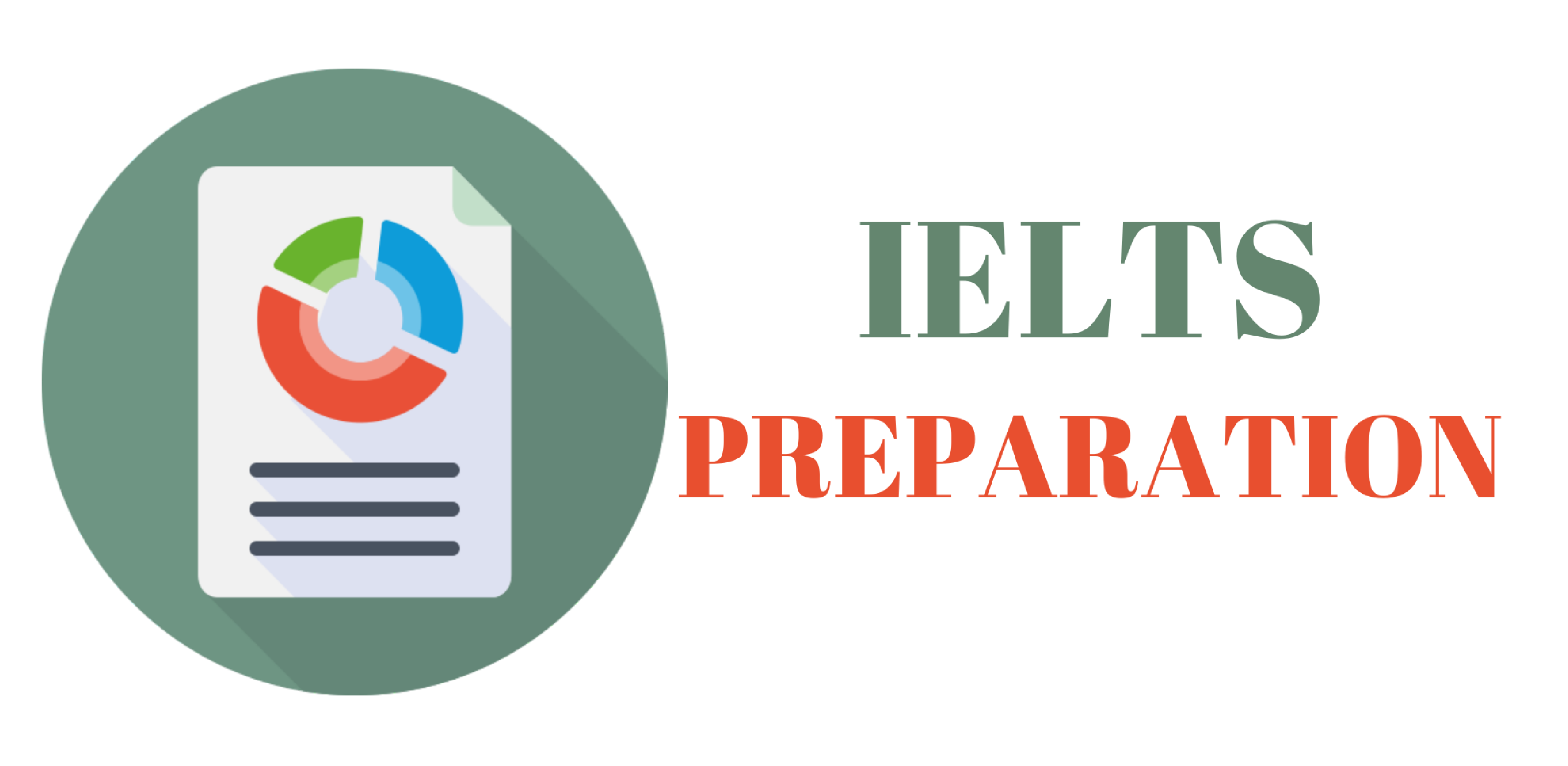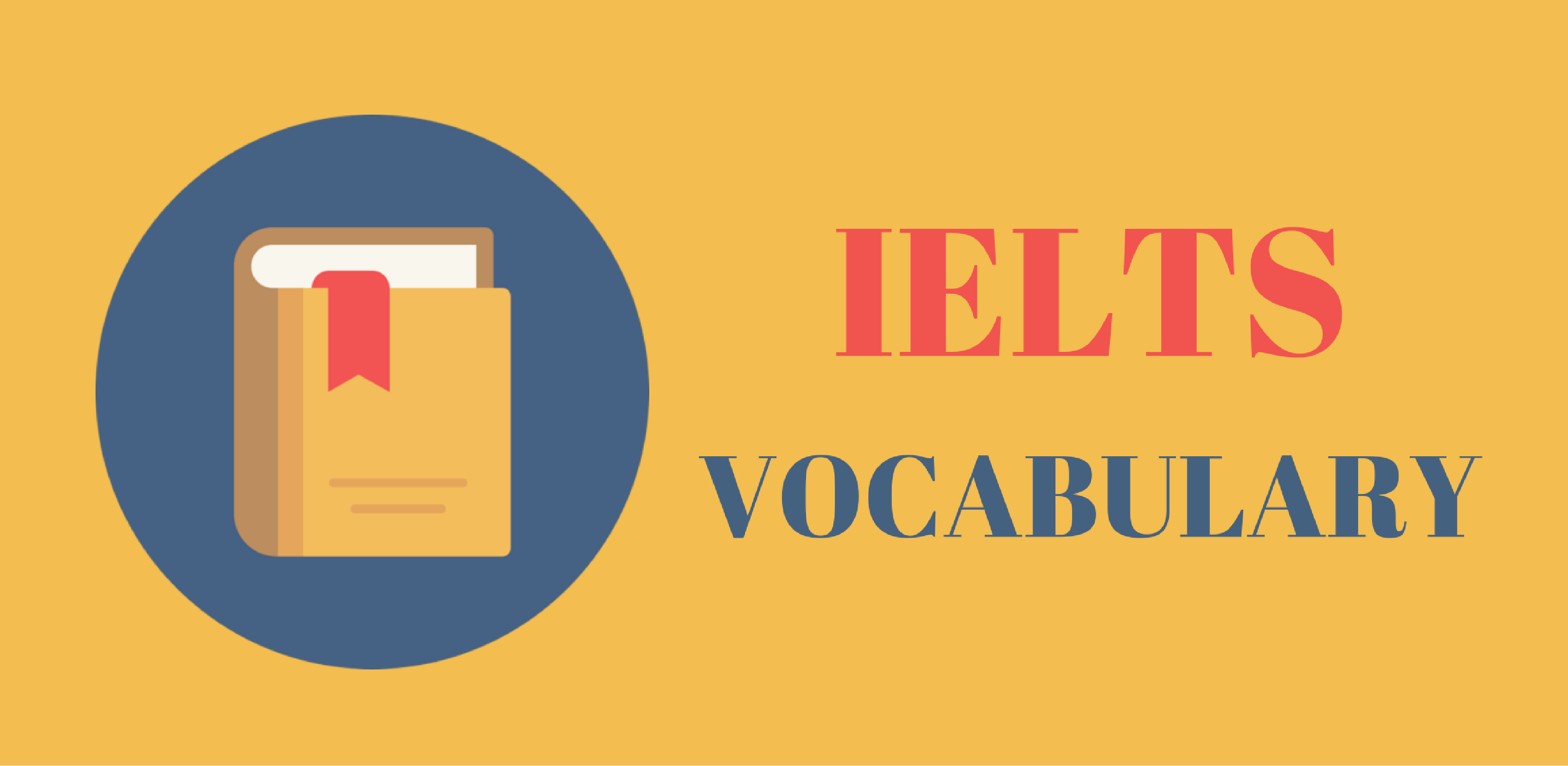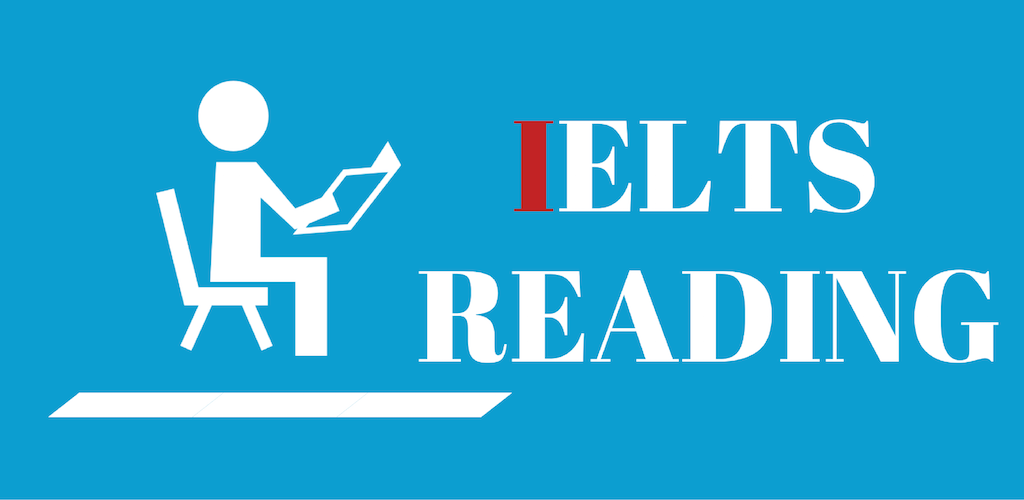Prepare for IELTS 2018 Exam with these free practice tests and answers for Listening Practice Tests with detailed solutions and Explanations.
List of Listening Practice tests Section wise.
IELTS LISTENIG Section 1 :-
Section 1 Practice Tests :-
You listen to a conversation between two people set in an everyday social situation, e.g. a conversation in an accommodation agency, and answer questions on your comprehension.
http://studyoverflow.com/ielts-listening/section-1/practice-test-1
http://studyoverflow.com/ielts-listening/section-1/practice-test-2
http://studyoverflow.com/ielts-listening/section-1/practice-test-3
http://studyoverflow.com/ielts-listening/section-1/practice-test-4
Download More Practice Tests For Section 1
Section 2 Practice Tests :-
You listen to a monologue set in an everyday social situation, e.g. a speech about local facilities or a talk about the arrangements for meals during a conference.
http://studyoverflow.com/ielts-listening/section-2/practical-1
http://studyoverflow.com/ielts-listening/section-2/practice-test-2-section-2
http://studyoverflow.com/ielts-listening/section-2/practice-test-3-section-2
http://studyoverflow.com/ielts-listening/section-2/practice-test-4-section-2
Download More Practice Tests For Section 2
Section 3 Practice Tests :-
You listen to a conversation between up to four people set in an educational or training context, e.g. a university tutor and a student discussing an assignment, or a group of students planning a research project.
http://studyoverflow.com/ielts-listening/section-3/practice-test-1-section-3
http://studyoverflow.com/ielts-listening/section-3/practice-test-2-section-3
http://studyoverflow.com/ielts-listening/section-3/practice-test-3-section-3
http://studyoverflow.com/ielts-listening/section-3/practice-test-4-section-3
Download More Practice Tests For Section 3
Section 4 Practice Tests :-
You listen to a monologue on an academic subject, e.g. a university lecture.
http://studyoverflow.com/ielts-listening/section-4/practice-test-1-section-4
http://studyoverflow.com/ielts-listening/section-4/practice-test-2-section-4
http://studyoverflow.com/ielts-listening/section-4/practice-test-3-section-4
http://studyoverflow.com/ielts-listening/section-4/practice-test-4-section-4
Download More Practice Tests For Section 4
NOTES IELTS LISTENING SECTION :-
This procedure is repeated for sections 2, 3 and 4.
In the final 10 minutes, you will transfer your answers onto the answer sheet.
Each section is heard once only.
Questions
There are 40 questions.
A variety of question types is used, and you may be asked to
- answer multiple choice questions
- label a plan, map or diagram
- fill in a form
- complete a table
- complete a flow-chart
- give short answers
You can make ILETS 2018 Exam Listening Practice on your Mobiles Also.
Download this android mobile app.
https://play.google.com/store/apps/details?id=com.examgroupapps.ielts_listening_practice&hl=en








